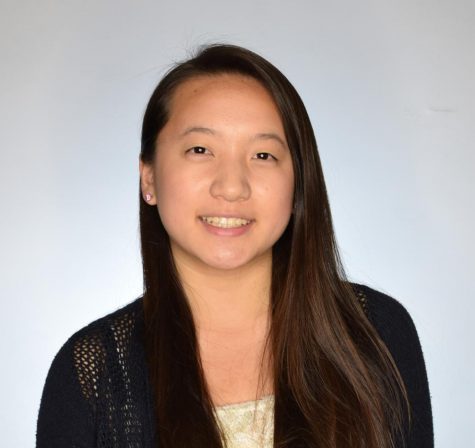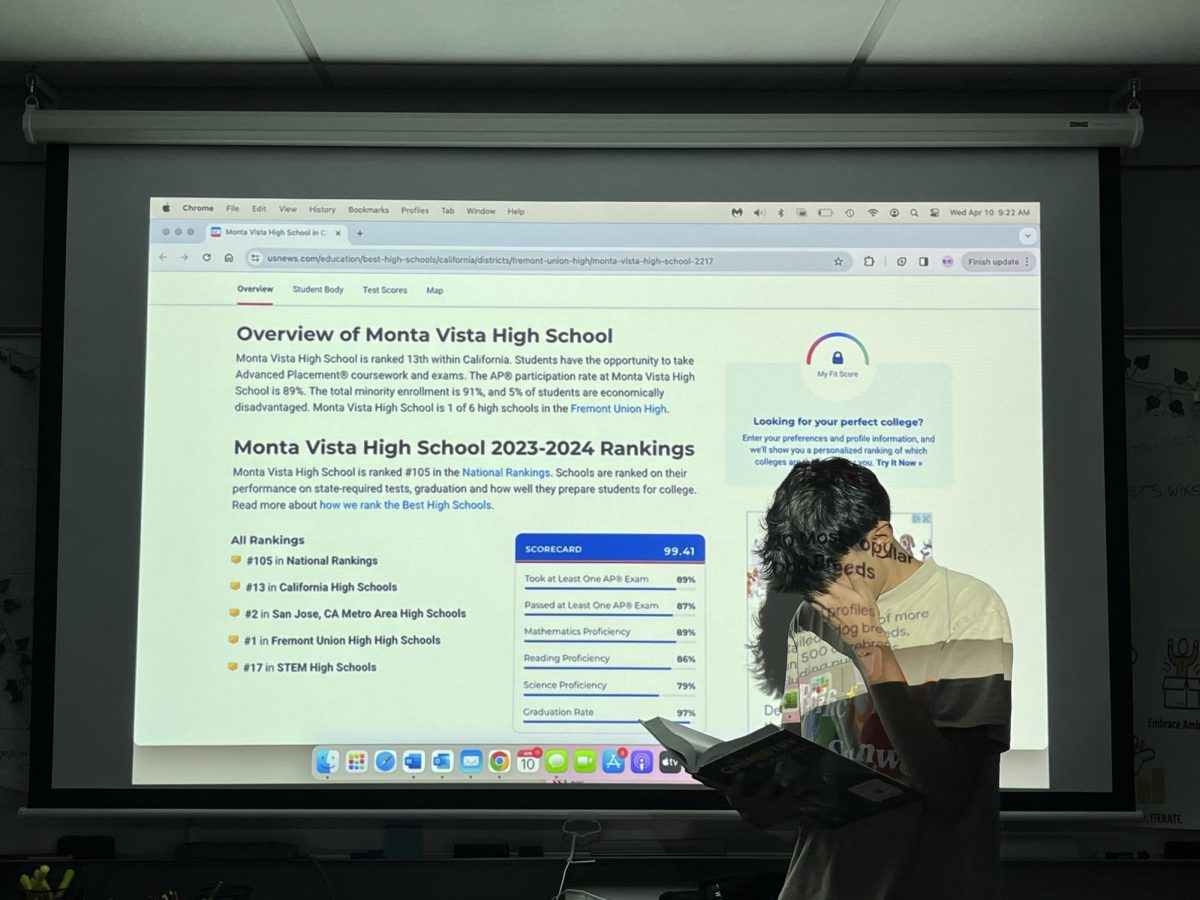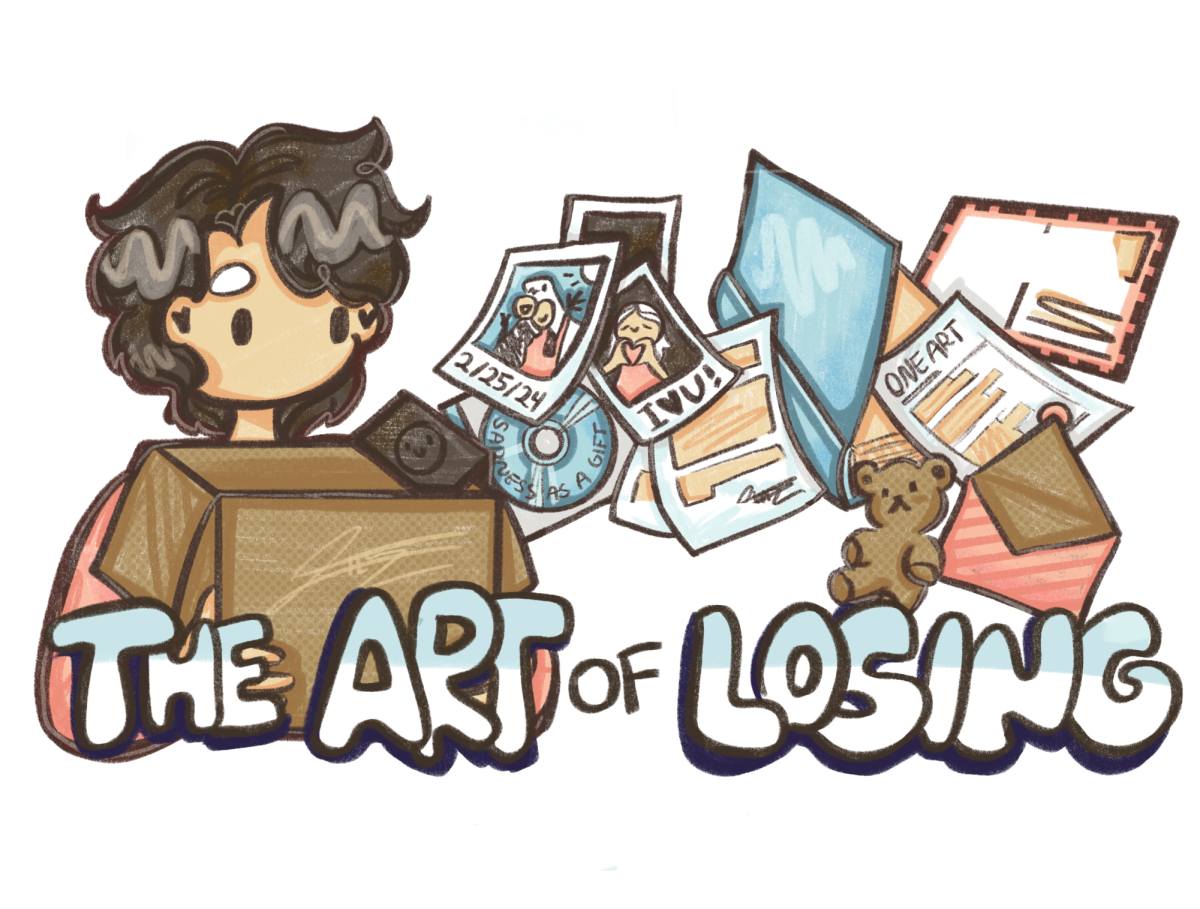Co-written by Shayon Moradi and Aditya Pimplaskar
A year ago, an Indonesian resident filling out his or her health records would have to check the box labeled “Asian” on the California state standardized forms. Similarly, a Tongan resident’s health forms would be labeled as “Pacific Islander.” But now, the Indonesian resident can actually check the box labelled “Indonesian,” and the same applies to the Tongan resident. Specific Asian and Pacific Islander ethnic groups now have their own checkboxes.
But is this for the better or for worse?
The California Legislature passed Assembly Bill 1726 on Aug. 30, after seven months of deliberation in the state assembly and the state Senate. The bill will split two ethnic groups on state healthcare forms — Pacific Islander and Asian — into more specific groups such as Tongan, Samoan or Fijian. The government will add eight new subcategories, renewing the 2020 census.
As for what the bill will be used for, being able to gather more information about the health difficulties of the millions of Asian Americans can’t be bad. And for those who worry about taxpayer cost, adding some text to a state required form won’t put a dent in the California state budget. The information gathered through the implementation of the bill will help analysts more accurately identify health trends in particular demographic groups. This includes observed trends such as high rates of liver disease among Vietnamese Americans, or high rates of PTSD among older Cambodian Americans. It would also allow hospitals to look for doctors who can speak languages that cater to each Asian minority group to promote effective communication between doctors and patients.
Even with all the benefits the bill provides, it has come under much scrutiny in the California state congress. In 2015, Governor Jerry Brown vetoed Assembly Bill AB-176, which served the same purpose as Bill 1726: to disaggregate larger ethnic groups to analyze health and education trends. Brown acknowledged the potential benefits of having more specific trends to analyze, but stated a concern regarding excessive concern on, what he called, “ethnic identity.” The bill was proposed by assembly-member Rob Bonta, and passed in the state legislature prior to being vetoed. Following the veto, Bonta stated he would bring the bill back in 2016. This resurgence of the bill has gained support but has been subject to criticism.
 Even though the bill’s intention is to collect more specific data, it has raised debates within the Asian community, calling for disaggregation of other collective ethnic groups. Activists have created petitions, such as change.org, to ask the community to vote “no” or call for Brown to veto the measure once again. Others have requested the government apply the same standard to other collective ethnicities such as Hispanics and Caucasians (as they appear on state forms), through political campaigns and online petitions on change.org.
Even though the bill’s intention is to collect more specific data, it has raised debates within the Asian community, calling for disaggregation of other collective ethnic groups. Activists have created petitions, such as change.org, to ask the community to vote “no” or call for Brown to veto the measure once again. Others have requested the government apply the same standard to other collective ethnicities such as Hispanics and Caucasians (as they appear on state forms), through political campaigns and online petitions on change.org.
Another major criticism levied, mainly by Chinese Americans, claimed that the bill would enable schools to maneuver around the California ban on affirmative action. They claim that this change would cause a reduced acceptance rate among Chinese Americans to try and increase the numbers of different ethnic groups in universities, by exploiting detailed demographic data from the census.
Their fear is not completely unfounded; with Chinese Americans attending university in disproportionately high rates the fear among Chinese parents is the Asian groups currently getting accepted at lower rates will gain an advantage. In an effort to increase the enrollment rates of underperforming groups like Cambodian or Hmong, who have a low prevalence of college educated adults, who, according to The Asian American press, an independent organization covering Asian news, only one in three adults over 25 has been to college.
The state legislature responded in late August, to some of the proposed issues by removing the requirement that state schools needed to include the groups, therefore limiting the change to only the healthcare system, thus addressing one of the major arguments against the passing of the bill. The state legislature also addressed the other major argument levied against the passing of the bill, that other groups like Hispanics and Caucasians should also be split into more subgroups. Their reasoning for why they didn’t want to split these groups is because they don’t perceive those groups as distinct as the Asian groups that were formed.
The later argument doesn’t make sense; it argues that groups like Hispanics and Caucasian aren’t that broad, and the subgroups inside them aren’t different enough. This argument is not founded in facts, as the differences between Hispanic ethnicities in diet and origin vary too much to have them all grouped together. The story is much the same for Caucasians; they vary too much in regards to diet and origin.
The bill overall is a positive step forward in the process of gathering better and more accurate data, but there is room for improvement. The legislators could have still split Hispanics and Caucasians into more specific groups, to establish a standard system. As these surveys and other forms of data collection move to the internet, it would be easy for them to simply add more groups. The bill can truly cause some change for the better if the state assembly listens to the criticism brought up against them, and implements compromises.























